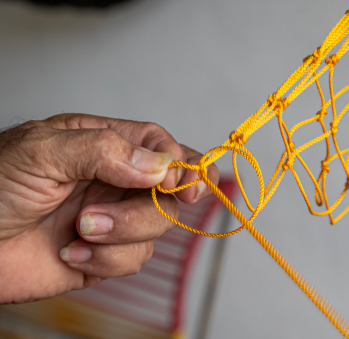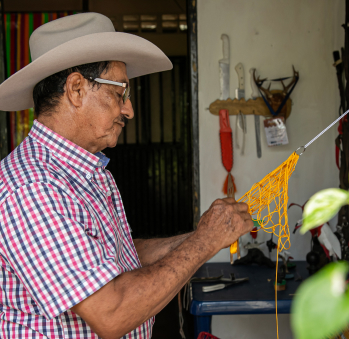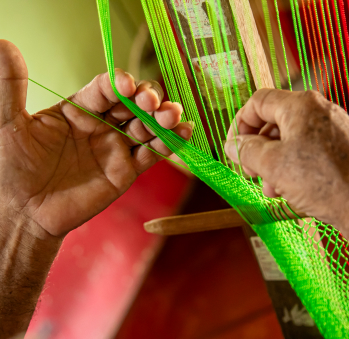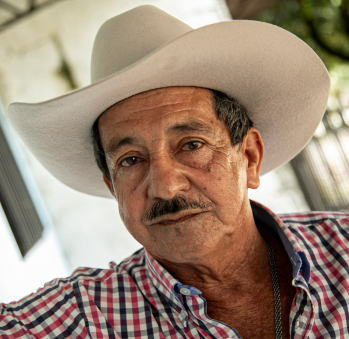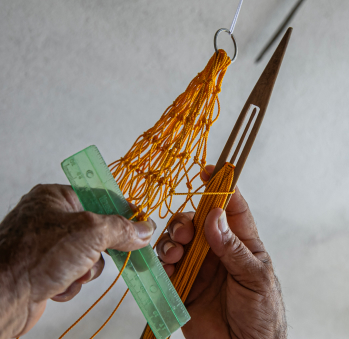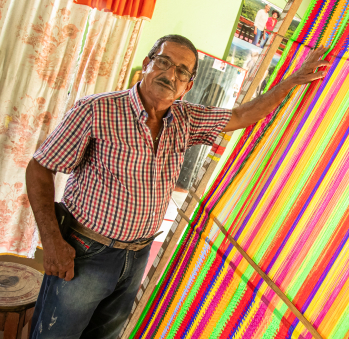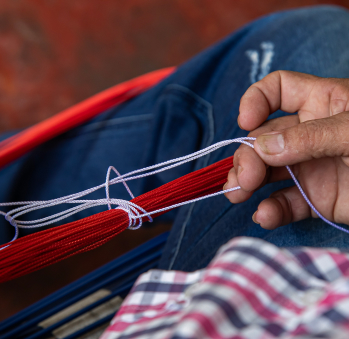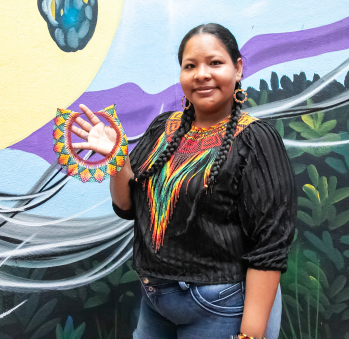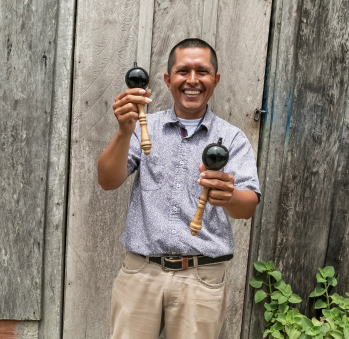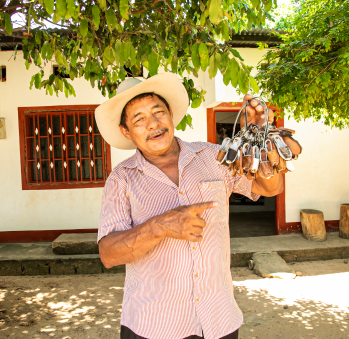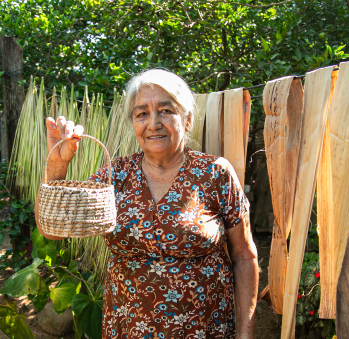Dámaso Caicedo
Workshop: Los tres potrillos
Craft: Tejeduría
Trail: Arauca Route
Location: Saravena, Arauca
SCHEDULE YOUR VISIT
Dámaso has been crafting weaves for over forty years. He arrived in Saravena when he was six, and at that time, there were no houses around. His family migrated from Cúcuta during a period when many sought lands to settle in Arauca. He grew up amidst the vast plains, working in cattle raising during his teenage years, herding animals from Colombia to Venezuela.
However, life took an unexpected turn, and he found himself incarcerated. Fortunately, during his 29-day stay, he encountered the craft that has become his lifelong passion. He met Mr. Juan, an Araucan who crafted chinchorro hammocks during his nine years in prison. Mr. Juan passed down his art to Dámaso, sparking an enduring friendship and igniting Dámaso’s enthusiasm for weaving. Even after his release, Dámaso continued to visit Mr. Juan regularly in jail, spending Sundays and weekdays, whenever he had spare time, learning from him. His rapport with the jail’s director allowed him frequent visits and entire days spent mastering the craft. Mr. Juan taught him various stitches, providing guidance and correction. With time, Dámaso honed his skills, evolving into the seasoned artisan he is today, still quite productive despite expressing readiness for retirement. He learned to construct his own loom, or frame, inspired by those in the jail where many men were dedicated to this trade. Balancing his time between occasional jobs and weaving, he worked at construction sites during the week and devoted weekends to crafting chinchorros.
He continued his cattle-raising activities, now with an added advantage: being the only cowboy who could craft his own bags. These bags carried essential equipment for his herding journeys—a chinchorro hammock, a change of clothes, toothbrush, toothpaste, and soap. He’d tether his bag to either of his horses, Bayo or Cuarto de Milla, embarking on month-long trips alongside 6 or 8 men, herding between 100 and 200 cattle across towns and the Venezuelan border. Dámaso still possesses a bag woven from years past using a spider-like stitch that provided greater capacity due to its stretching nature.
His weaving techniques incorporated knowledge gleaned from cattle raising, notably in crafting the shackle and securing the chinchorro’s frayed edges. Over time, he gained recognition in Saravena. Considering that almost everyone in Llano prefers a chinchorro over a bed for sleeping, Dámaso sustained himself through weaving. In this land, as the popular saying goes, everyone has their own curraco—a refreshing hammock made of nylon, offering respite from the region’s heat.
His old friend, Mr. Juan, also imparted an occasional practice to Dámaso: crafting nylon campechana hammocks. These native hammocks from El Llano were traditionally made from a whole cowhide, skillfully cut to create a flexible and protective hammock. Dámaso and Mr. Juan devised an idea to mimic the leather cut using woven nylon thread. This meticulous and labor-intensive process demonstrates the mastery of both master and apprentice—a tradition that Dámaso inherited and has showcased in his woven goods for years.
Craft
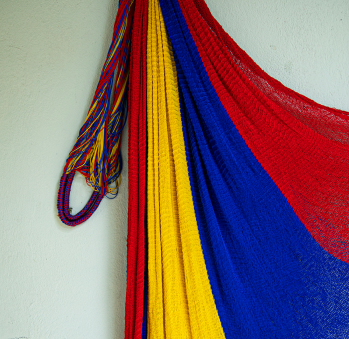
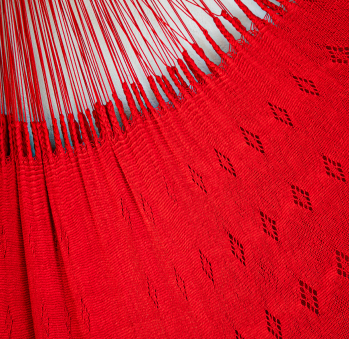
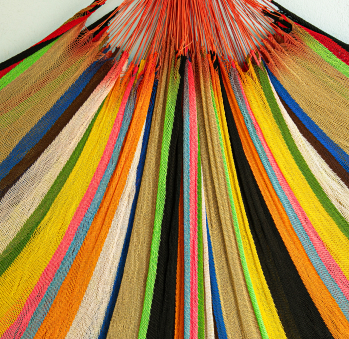
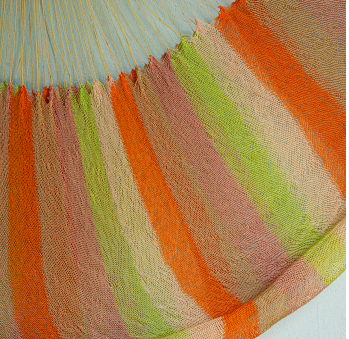
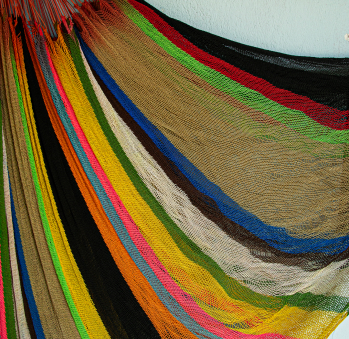





Artisans along the way
Artisans along the way
No puede copiar contenido de esta página








































